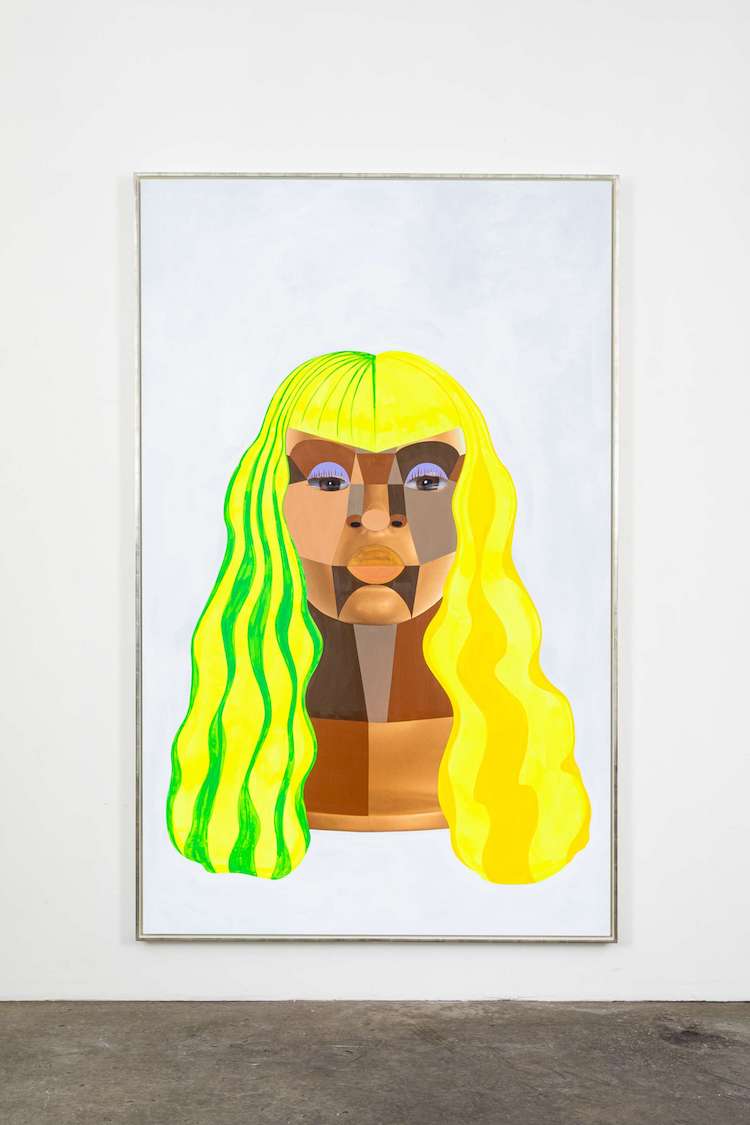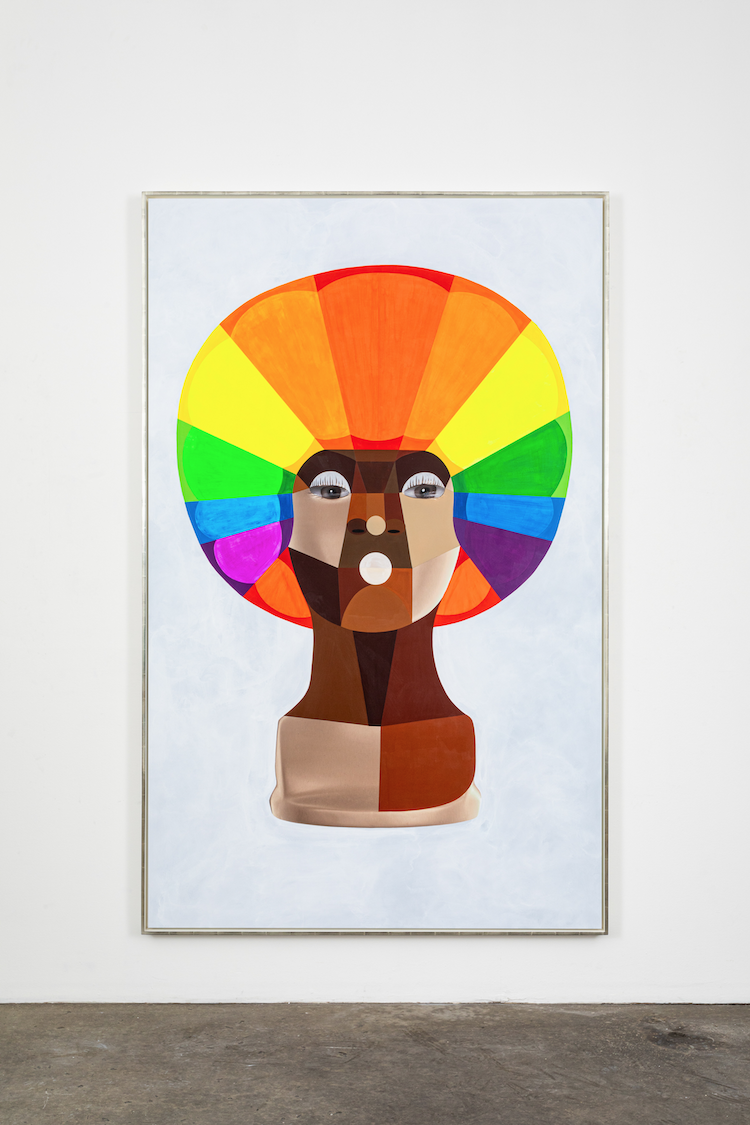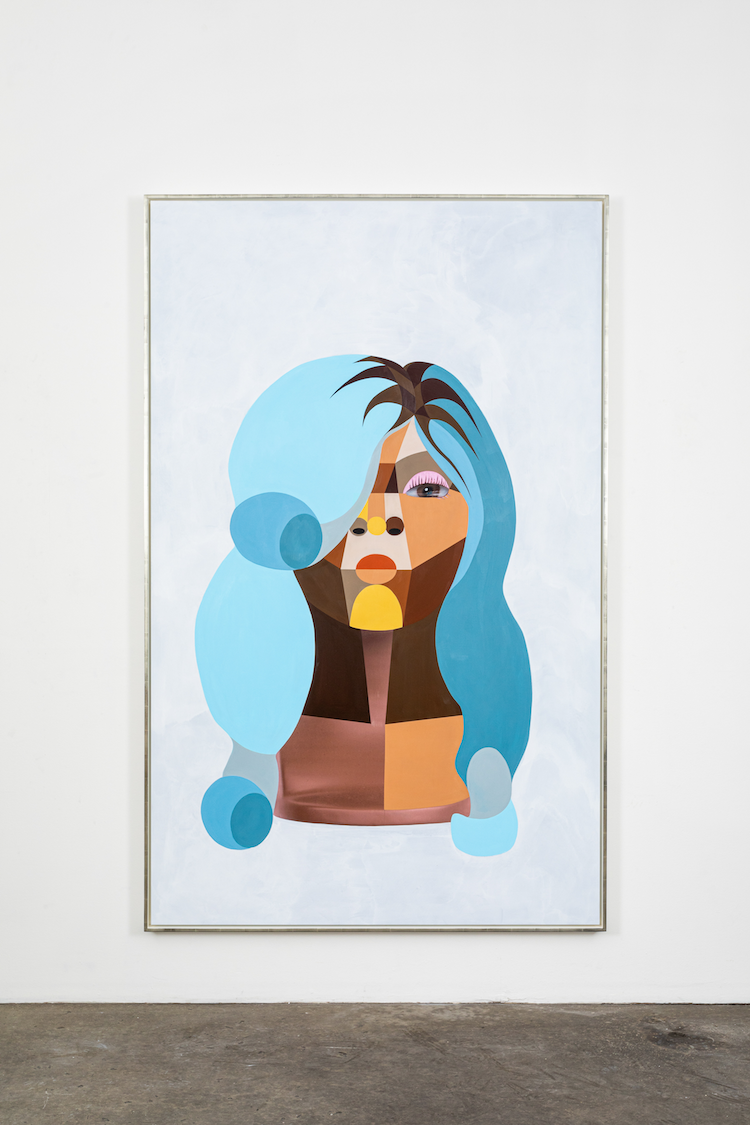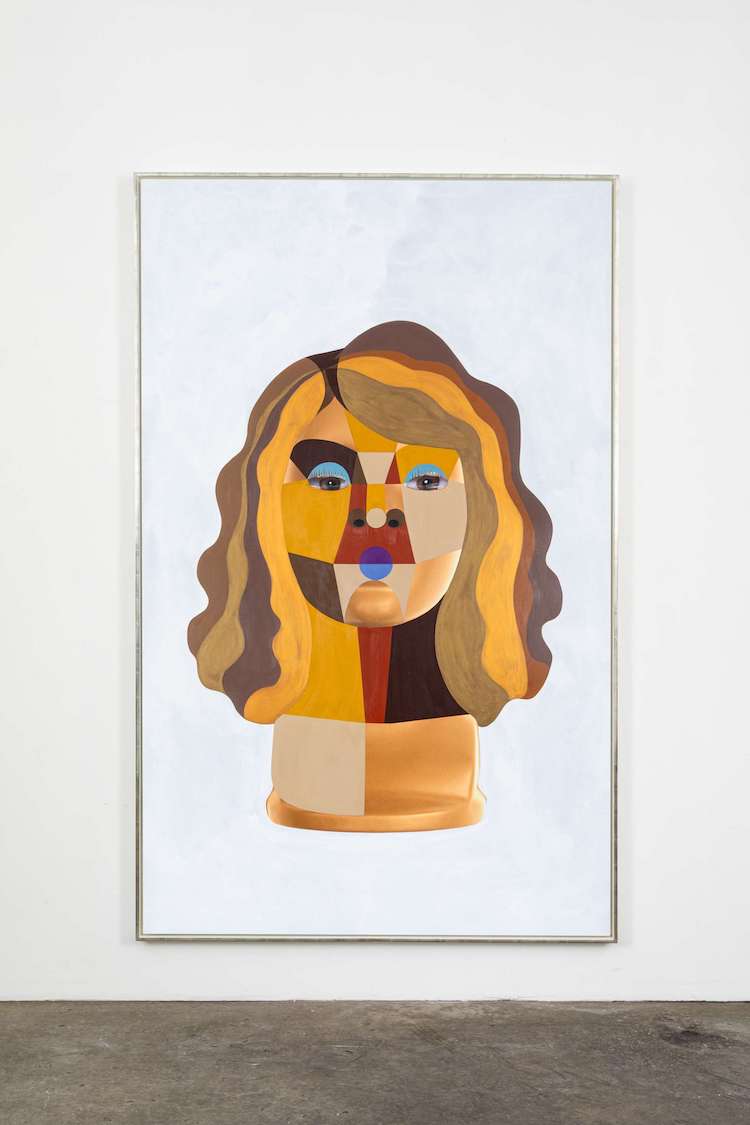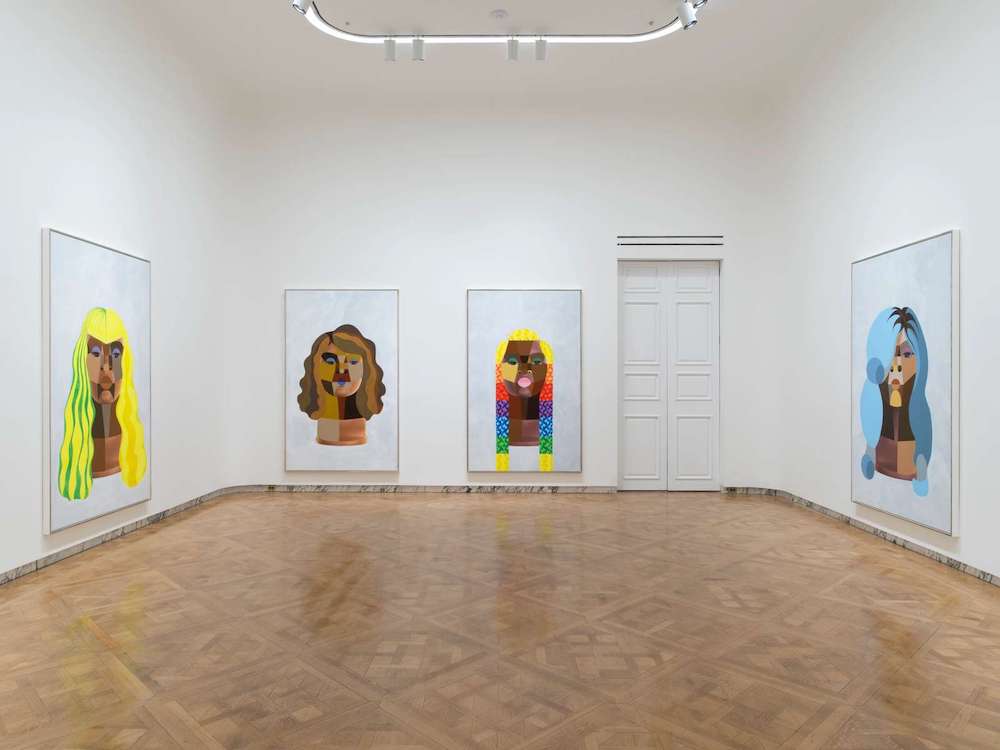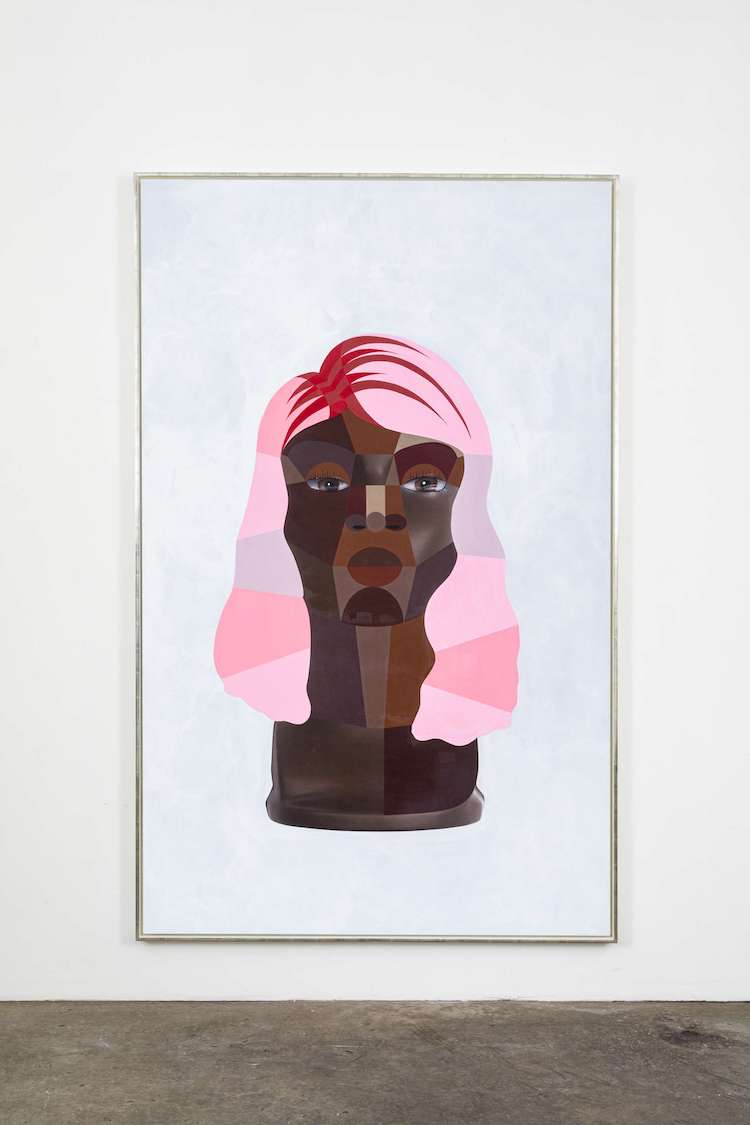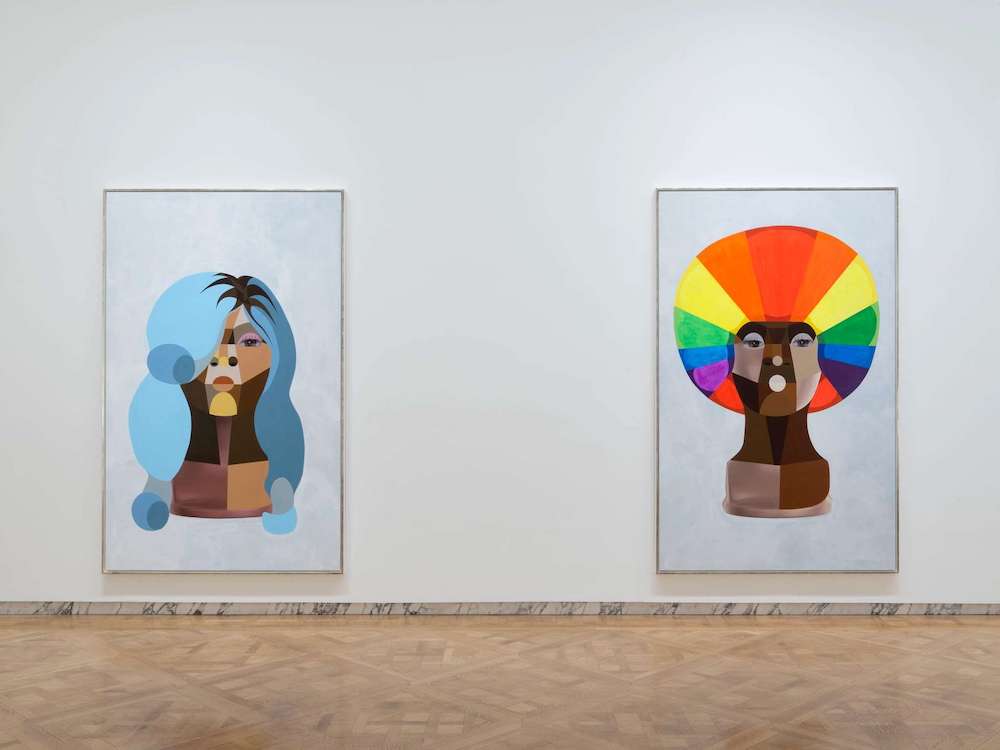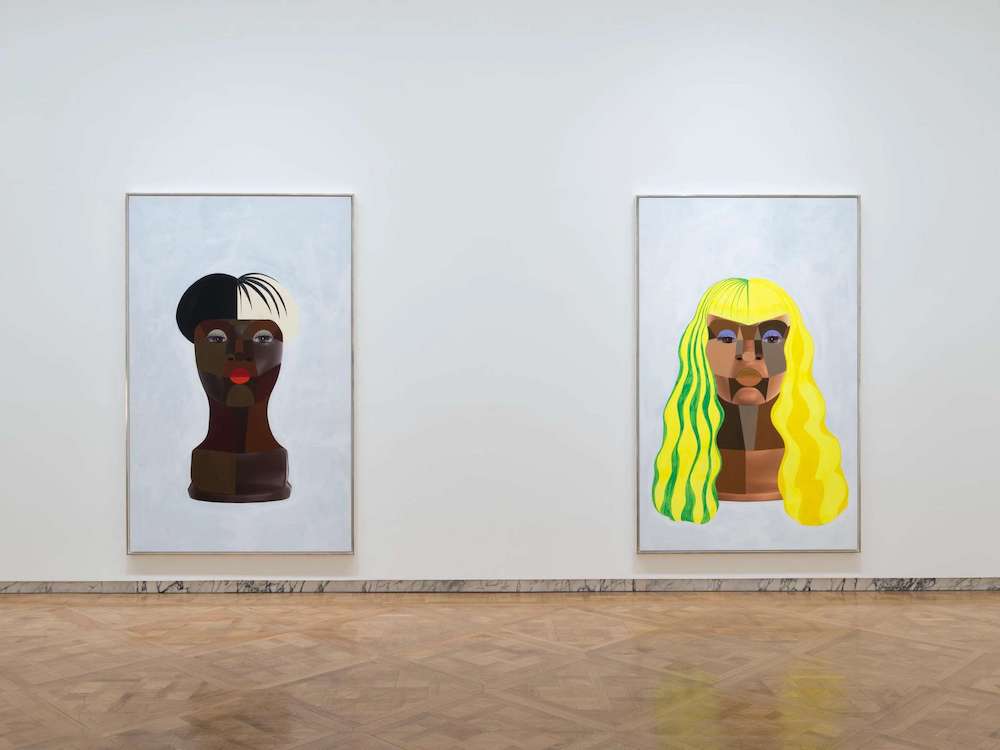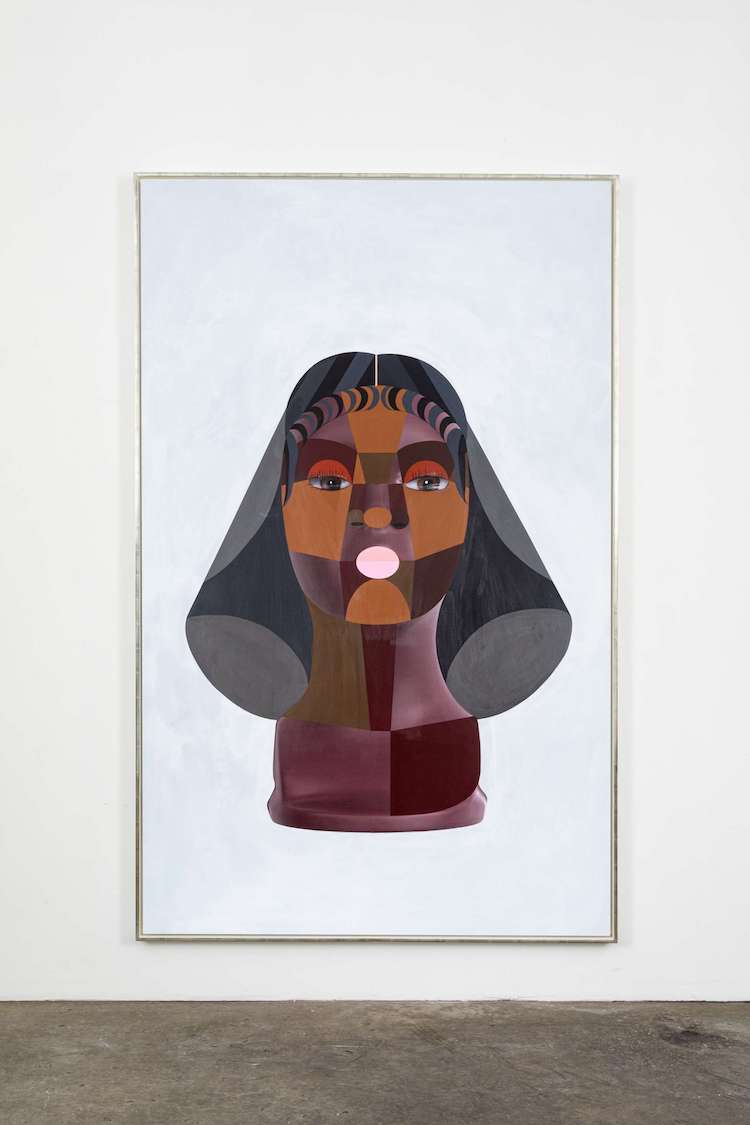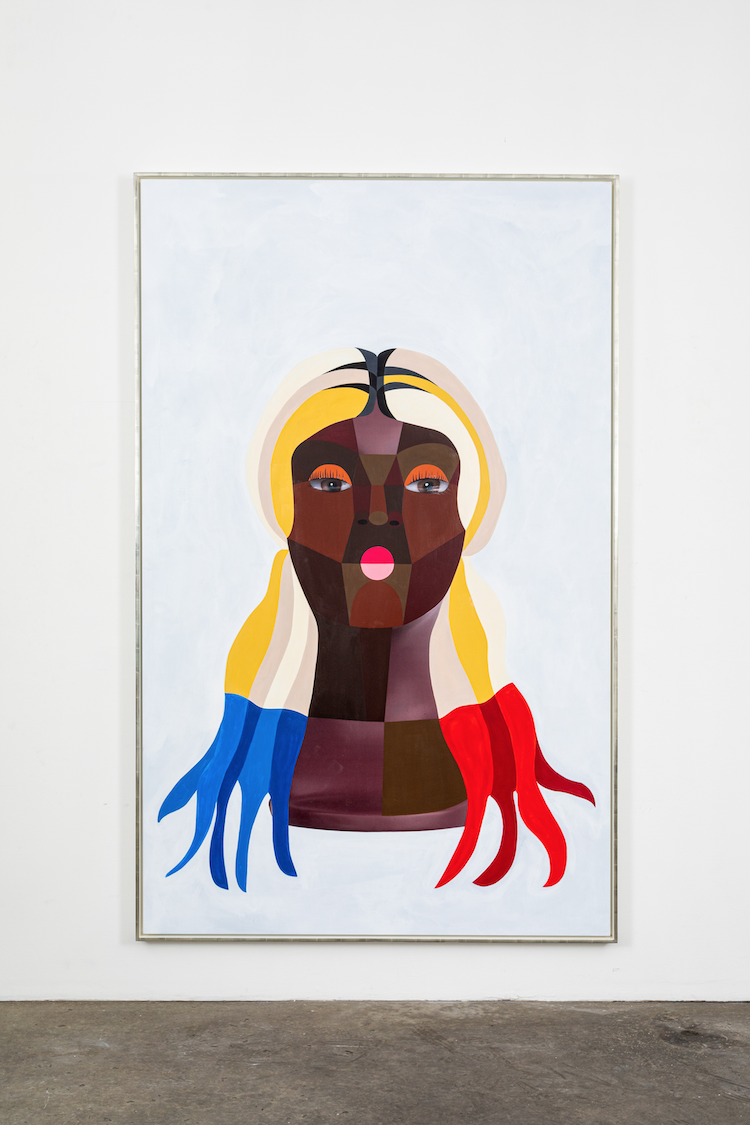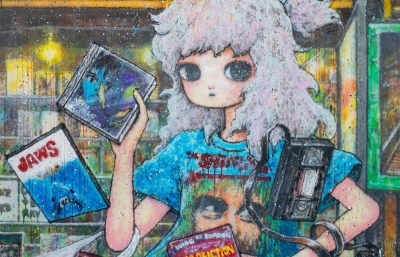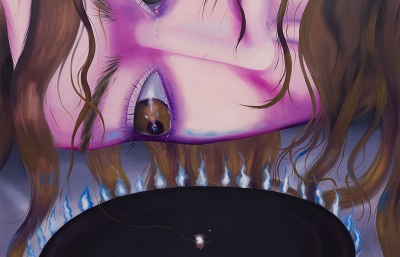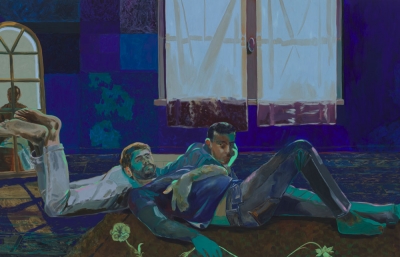It seems like Derrick Adams has always been a master at the idea of a variation. He's so gifted with colors and concept, with presentation, that these 10 new portraits that sit in Salon 94 in his new solo show Style Variations feel epic with the stark backdrop. There is simplicity and depth. Of the works in the show, Derrick notes, "I feel more than ever that it is essential for artists to make work that celebrates Black culture. As a Black man, I am aware of my vulnerability and susceptibility to trauma and oppression on a daily basis...there are images that are less important for us to see than images of joy."
This quote reminded me of something profound he told us in his Fall 2019 cover story. “That's what I believe as a contemporary artist right now, as a Black person. I think we have very little time to be giving props and praise to problems in our art. And I think that we should be creating solution-based structures within our work that would empower people not to ignore the problem but know that we've been through a lot of stuff and we're still here, and we're still making quite an impression on the world.”
Style Variations seems to carry the torch of his message and mission the last decade or so, what Salon 94 notes as "Adams’ monumental portrait series celebrates radical Black joy and self-actualization." That joy permeates. Like a recent solo show at Rhona Hoffman that ended his series of black leisure, Style exemplifies an almost normalcy and intricacy of daily life that has almost been ignored in the past. —Evan Pricco
From the gallery on the genesis of the show:
Adams passes by competing beauty shops daily. Over time he has photographed the storefronts, gathered historic images, and studied style variations from city to city. Venturing inside, he has asked the beauticians about the wigs—“Who made the cuts?” [the answer: apprentice hairstylists], “Do the styles have names?” [yes: Kitty (short cut), Fabulous (a bob), …]—and learned the business hierarchies. A character defined right out of the brand’s box, wigs arrive coined with the names of showgirls or recognizable Black pop stars. Young and new apprentices practice hand-cutting the wigs and styling mannequins. On display to the public, the cuts define street trends. In a year marked by activism, death, and unrest, Adams imagined new styles of his own and together these works might be read as commemorative mourning portraits—one marking lost time with roots grown into ombréd, spidery shapes flagging with dip-dyed red, white, and blue; others sport day-glow cornrows or Afros colored in the LGBT rainbow pride flag.



